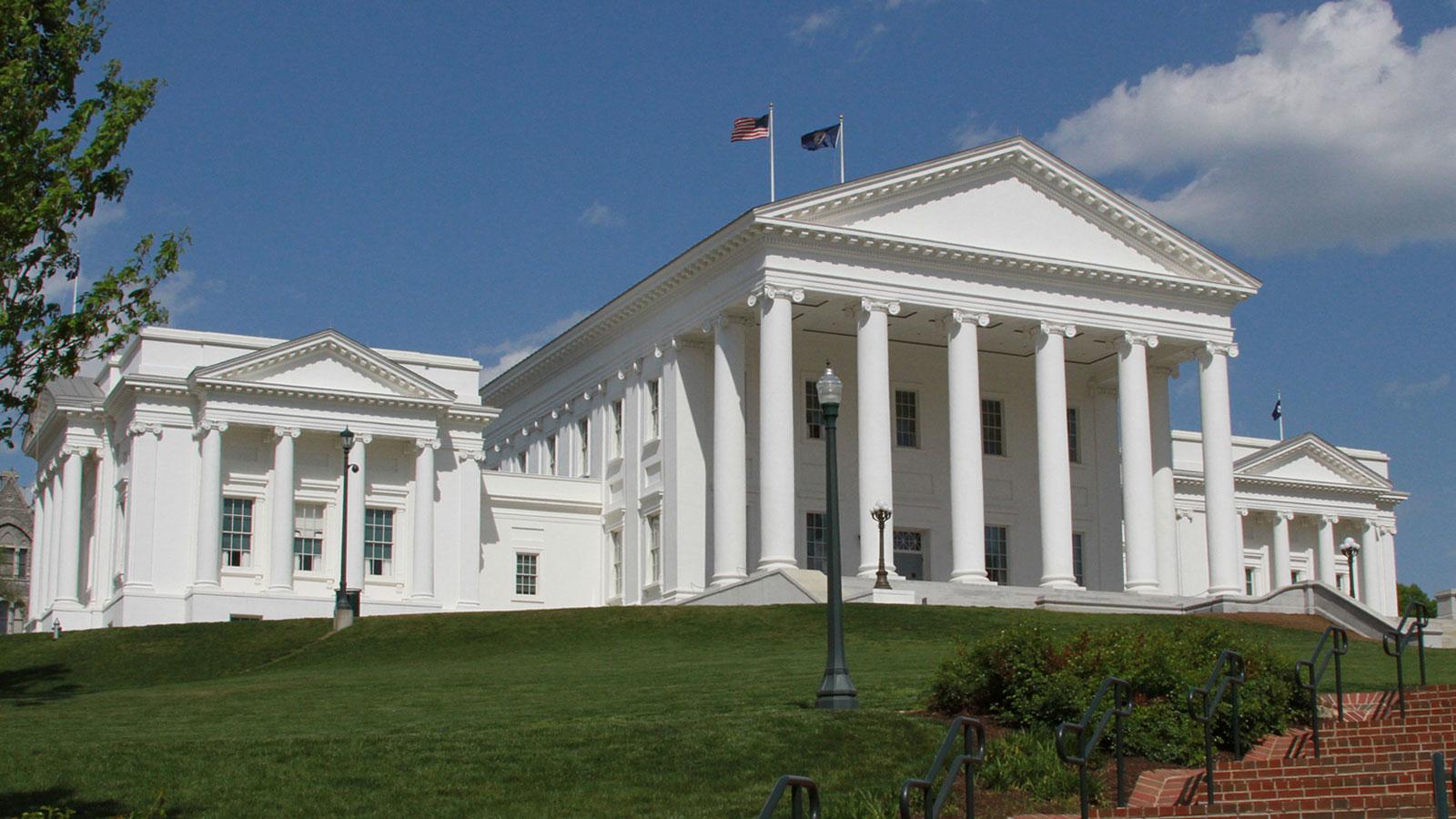On behalf of AIA Virginia, President Nick Vlattas, AIA, attended the Aug. 29 meeting of the Joint Subcommittee to Evaluate Tax Preferences to urge legislators to reject a repeal, sunset or cap to Virginia’s Historic Rehabilitation Tax Credit (HRTC). [Read his public testimony.] He was joined by Vice President of Government Advocacy Tim Colley, AIA, member Kathleen Frazier, AIA, and representatives from dozens of other businesses, homeowners, non-profits, associations, churches, and communities who came from all over the Commonwealth to speak in support of the credit.
During the formal agenda, the committee heard from Kathleen S. Kilpatrick, Hon. AIAVA, who is Curator of the Virginia Capitol & Executive Director of the Virginia Capitol Square Preservation Council. As the director of Virginia Department of Historic Resources (DHR) when the credit was established, she was well prepared to speak about the history and purpose of the program and early amendments.
They also heard an informative report from John Accordino, Ph. D., FAICP, Professor, and Director of VCU’s Center for Urban & Regional Analysis, who presented data on the economic impact of the Virginia HRTC.
Legislative Services staff member, David Rosenberg, gave a summary of other state’s historic tax credit programs.
Julie Langan, from DHR, presented a report on the program itself, calling out a number of successful projects and responding to several inquiries posed during the subcommittee’s meeting in June.
And finally, a staff member from Virginia’s Department of Taxation provided follow-up information to several additional questions that arose during the last meeting.
Unfortunately, the public comment period was limited to 30 minutes, so only a small handful of citizens were able to share their views.
Legislators asked a number of very probing questions, focused on the program’s ROI and the heavy concentration of investment in the Richmond metro area compared to other areas of the state. They also suggested several topics for further study. The subcommittee is reviewing these tax preferences as part of its systematic review of all tax preferences in the Code of Virginia. After its review, the subcommittee will make a recommendation to continue, expand, modify, or eliminate it. Their particularly close scrutiny of the HRTC program (and many others) is likely due to the need to narrow or close a projected 1.5 billion dollar shortfall in the two-year budget.
It is clear we have much more work to do to protect Virginia’s Historic Rehabilitation Tax Credit. Based on their inquiries, we’re working with a coalition to gather data.
Members with insights into how a cap to the credit might impact the program, the profession, or experience working within HTC models in other states (particularly Ohio) are encouraged to contact Rhea George at rgeorge@aiava.org or (804) 237-1768.
Read the Richmond Times-Dispatch’s analysis for more information (plus a great quote from Kathy Frazier’s remarks before the subcommittee).
AIA Virginia Position
AIA Virginia, a Society of the American Institute of Architects, strongly supports the Virginia’s Historic Rehabilitation Tax Credit as an important tool for economic development and a critical driver in the preservation of Virginia’s rich cultural heritage.
SURVEY RESULTS
A survey about the HRTC was sent to 2,116 members on Aug. 4, 2016
821 individuals opened the survey message
244 responded
97% support Virginia’s Historic Rehabilitation Tax Credit
(2% have no opinion; >1% do not support)
73% believed that their businesses would be harmed if the credit were eliminated or capped
70% report that they’ve worked on historic tax credit projects

